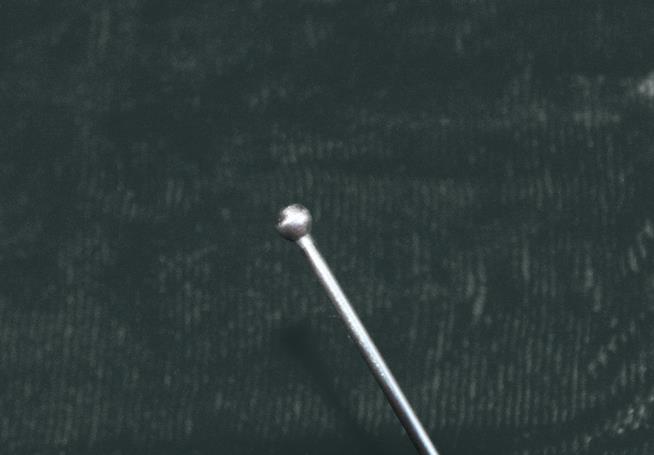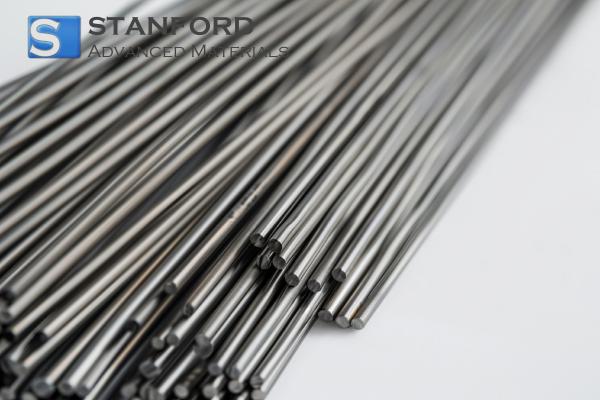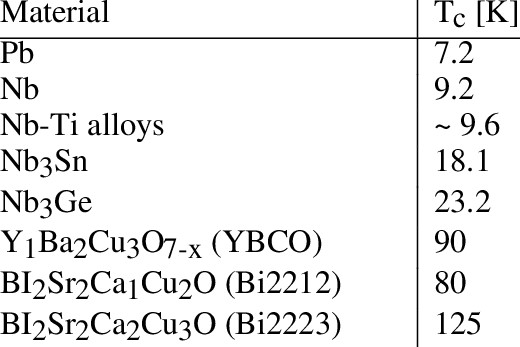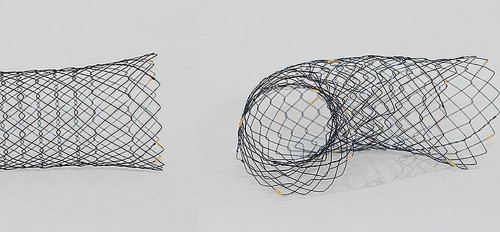Successful Case of Nitinol Wire Used in Medical Devices
Nitinol Used in Medical Devices
Nitinol is a nickel-titanium alloy distinguished from other materials by its shape memory and superelastic characteristics. The term “shape memory” describes the phenomenon of "remembering" its original shape and that returns to its pre-deformed shape when heated. The superelasticity refers to the enormous elasticity of the alloys, which can be 10 times greater than the best stainless steels used in medicine today.
The superelastic quality of Nitinol, along with its biocompatibility, makes it ideal for making many types of medical devices that are implanted in the body. An application familiar to many of us is the stent, a device that supports blood vessels and keeps them open. Nitinol’s superelasticity allows a medical device, such as a stent or a heart valve, to be compressed into a shape that fits inside a catheter. The catheter is positioned at the correct location in the body, the device is released, and it returns to its original shape.
Further reading: Superelasticity and Shape Memory of Nitinol
Case Study--The Background
One customer of Stanford Advanced Materials (SAM) was developing a medical device made by nitinol wire. Members of the research team were developing a special device that went into the patients’ esophagus - the device would include a ball end to avoid scratching the esophagus and a curve shape design bending to one side away from the heart for protection purpose. On the other end was a plastic hook serving as a handle for the doctor to hold on.

Since the device is used in the human body, impurities must be avoided and welding between each part should be reduced to minimum or none or avoided (the original design of the head ball was welded to one end of the wire).
After the customers posed the above requirements of the medical device they were trying to design and put into medical practice, engineers at SAM soon put together our proposal to achieve the goal. The biggest challenge - allowing the wire to go into the patient’s mouth in a small size but soon expand to wire in the patient's body was solved through the use of nitinol materials. SAM’s engineers proposed to store the “shape memory wire” in ice water to lock the small shape, once the wire goes into the human body and encounters heat in the esophagus (around 37 degrees), it will slowly restore the expand its shape back to the original design.
To our client’s delightment, engineers at SAM paid special attention to details and proposed to melt the wire into the ball end to avoid incidents of the ball dropping in the patient’s body when in use. Here is a picture of the melted ball by the wire end:

Case Study--The Challege
After the first sample arrived, the customer had one problem: the wire at the handle is too soft for the device practitioner to turn and manipulate when the wire already enters the body. Being that soft it would simply twist and not be able to adjust the direction of the curve in the body.
To combat this issue, our engineers brought up another creative yet reliable solution:
Separating the straight (including the looped end) and the curve sections. By welding two parts together, the whole piece still looks continuously. With this method, the straight wire becomes much stronger and the curve remains “shape memory”. Even though the cost of doing so is higher by an additional $3.98/ea, the customer accepted the proposal because it solved the functionality issues and made the device more user and patient-friendly.
Case Study--The Solution
The customer accepted our proposal of splicing and used it in the following orders. Unlike the previous top ball and wire welds, the ends of the welds are very strong and therefore do not fall off, which provides safety for the clinical application. Although the cost of the device has increased, the excellent performance and long service life of the device have also increased, saving the lifetime usage cost by 40%. The most exciting part was that, with the new engineering adjustment, our customer applied for the invention patent with this design -SAM provided the customer with our professional and effective suggestions.
SAM is a trusted manufacturer of nitinol wire (nickel-titanium alloy wire) from various grades of nickel-titanium alloy commonly used in medical applications as well for other various applications. For medical technology companies with similar applications, please send us your request to sales@samaterials.com for any needs on nitinol.






